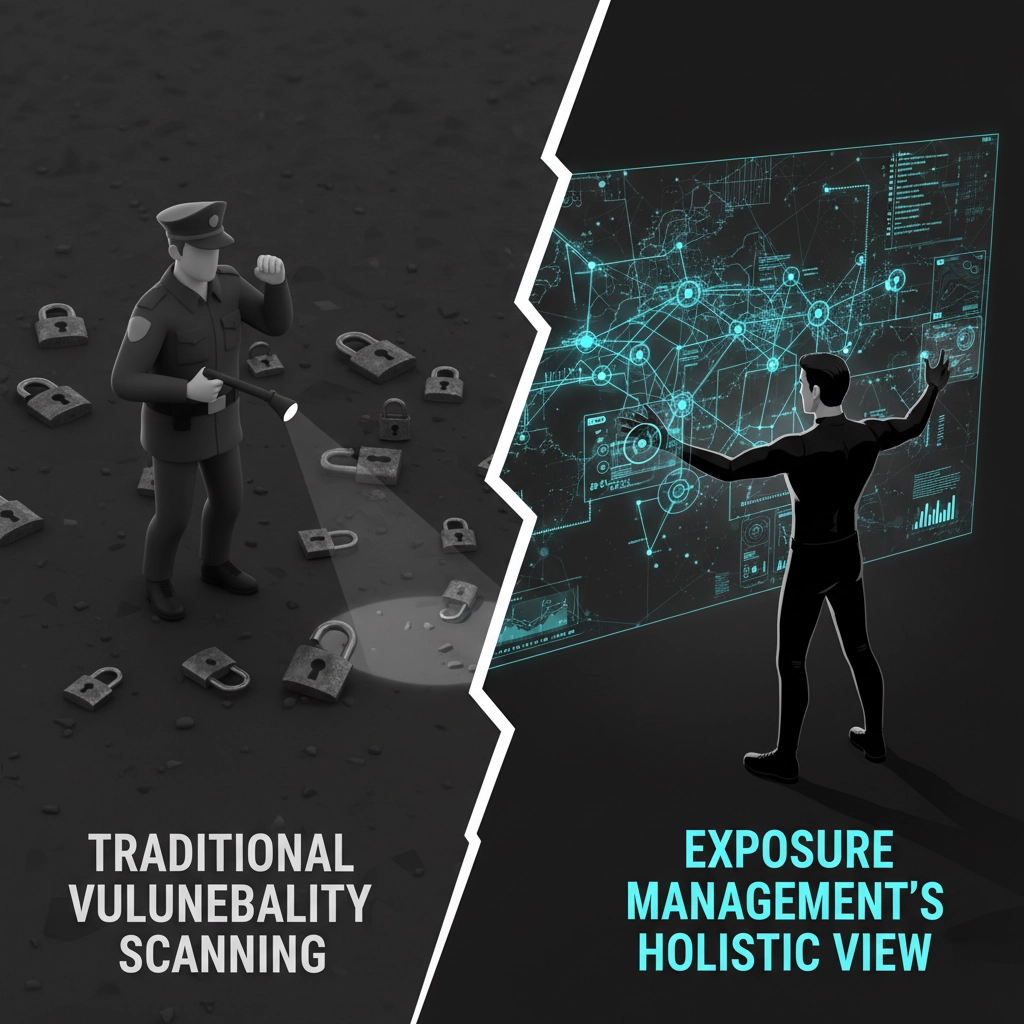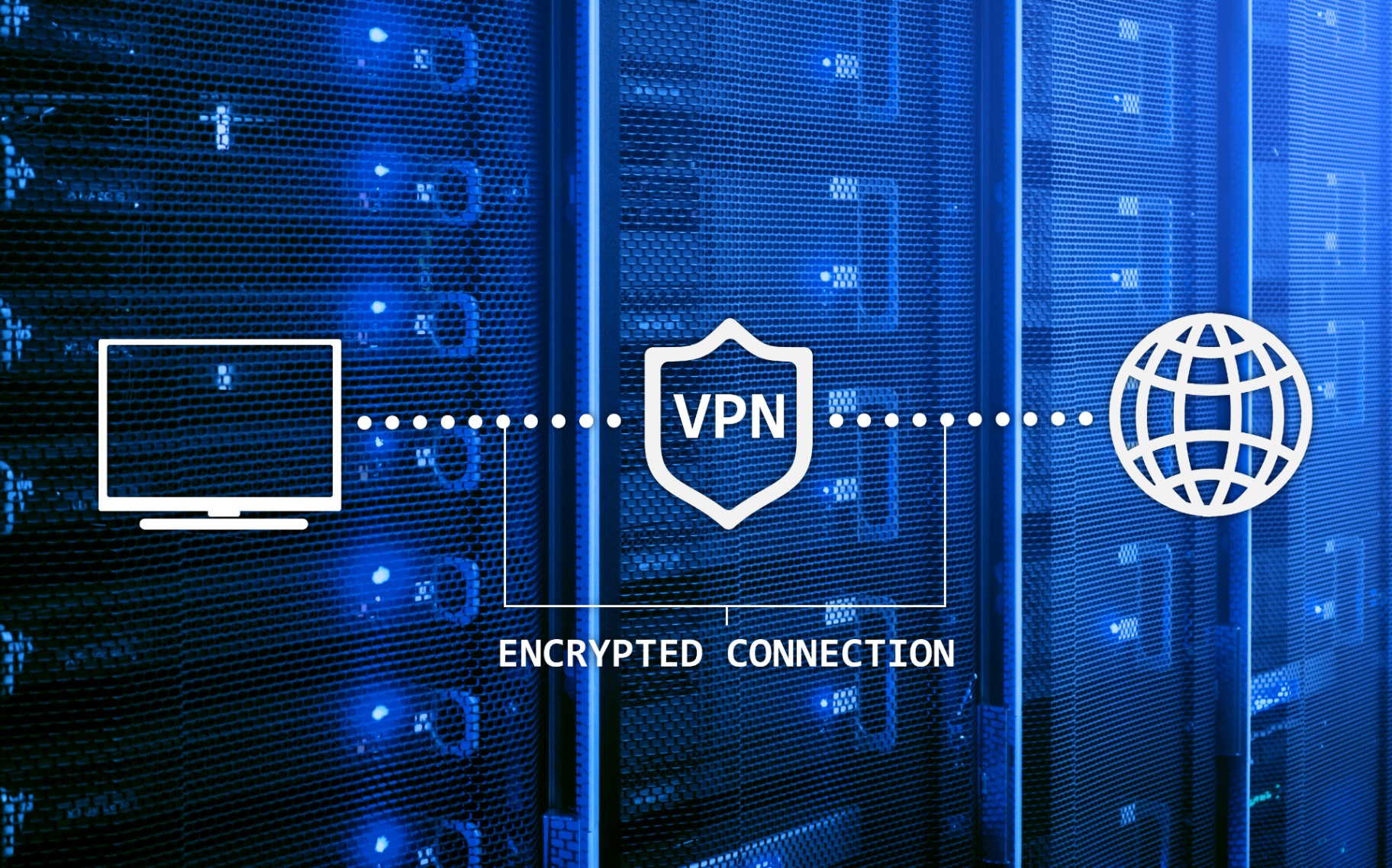Here's the harsh reality: your traditional vulnerability scanning isn't cutting it anymore. While you've been playing cybersecurity whack-a-mole: patching one vulnerability at a time: ransomware gangs have evolved into sophisticated operations that think like military strategists, not opportunistic hackers.
They're not just looking for that one unlocked door anymore. They're mapping out your entire digital neighborhood, finding chains of small weaknesses that connect into highways straight to your most valuable data. And your monthly vulnerability scan? It's like having a security guard who only checks if your front door is locked while completely ignoring the open windows, broken fence, and that spare key under the flower pot.
The numbers don't lie: ransomware attacks have jumped 25% this year alone, and Connecticut SMBs are prime targets. But here's what's really keeping cybersecurity experts up at night: it's not that there are more vulnerabilities. It's that attackers have fundamentally changed how they think about breaking in.
Why Your Vulnerability Scanner is Fighting Yesterday's War
Traditional vulnerability scanning follows a simple playbook: find the software weaknesses, rank them by severity, patch the worst ones first, repeat monthly. It's like having a really thorough house inspector who can tell you every crack in your foundation but has no idea that burglars are actually climbing in through the garage.

The problem is that modern ransomware operators don't need to find the "critical" vulnerabilities that make headlines. They're perfectly happy to string together three "medium" issues and one misconfiguration to waltz right into your network. Your vulnerability scanner sees these as separate, relatively minor problems. The attacker sees them as a treasure map.
Here's a real-world example: A Connecticut dental practice had their vulnerability scan come back mostly clean: just a few "low priority" issues with their patient portal and some outdated plugins on their website. Two weeks later, ransomware locked up their entire patient database. The attackers didn't use any critical vulnerabilities. They used the portal misconfiguration to gather information, exploited one of those "low priority" plugins to get a foothold, and then moved laterally through systems that weren't even on the vulnerability scan's radar.
That's the fundamental flaw with traditional vulnerability management: it's playing defense without understanding the offense.
Enter Exposure Management: Your New Digital Security Guard
Exposure management flips the script entirely. Instead of just cataloging your weaknesses, it thinks like an attacker. It asks: "If I wanted to break into this business, what's my path of least resistance?" Then it shows you exactly what that path looks like.
Think of it as the difference between a home security system that just tells you if your doors are locked versus one that shows you every possible way someone could get inside: including combinations of unlocked windows, poorly lit walkways, and overgrown bushes that provide cover.

Exposure management takes a holistic view of your entire attack surface. It doesn't just scan for software vulnerabilities: it evaluates everything an attacker can see and potentially exploit:
- Your public-facing systems and how they're configured
- Access controls and who can get to what
- Network segmentation and whether attackers can move laterally
- Third-party connections and vendor access points
- Shadow IT and systems you didn't even know existed
More importantly, it prioritizes threats based on what actually matters to your business, not just what has the highest technical severity score.
The Three Pillars That Make Exposure Management Different
1. Continuous Monitoring vs. Point-in-Time Snapshots
Your monthly vulnerability scan is like checking your blood pressure once a month and assuming you're healthy. Exposure management is like wearing a fitness tracker that monitors your vitals 24/7 and alerts you the moment something concerning happens.
Connecticut SMBs can't afford to wait until the next scheduled scan to discover that their VoIP system (learn more about VoIP security) has been compromised or that an employee accidentally left a database exposed online.
2. Business Context Over Technical Scores
Traditional vulnerability scanning ranks threats by technical severity: a critical flaw in an unused test server gets the same priority as a medium flaw in your customer database. Exposure management flips this around. It asks: "What systems matter most to keeping this business running, and what's the realistic risk to those systems?"
For a Connecticut law firm, exposure management might flag a medium-severity issue with their document management system as the top priority, while ranking a critical vulnerability in their break room WiFi system much lower.
3. Attack Path Analysis vs. Individual Issues
This is where exposure management really shines. Instead of just telling you "here are your 47 vulnerabilities," it shows you "here are the 3 most likely ways an attacker could reach your critical data, and here's exactly how to block each path."

Real-World Impact: A Connecticut Manufacturing Story
A small manufacturing company in Hartford had been religious about their vulnerability scanning. Clean reports every month, patches applied promptly, feeling pretty secure. Then their exposure management assessment revealed something chilling: an attacker could reach their production control systems through a chain of seemingly unrelated issues.
The path? Start with the guest WiFi (unsecured), move to the office network (poorly segmented), access the accounting system (shared credentials), pivot to the file server (over-privileged access), and finally reach the production network (trusted connection). Not one of these was flagged as high-priority in their vulnerability scans, but together they formed a highway straight to their most critical systems.
The fix wasn't just patching software: it required network segmentation, access control overhauls, and security awareness training. Traditional vulnerability management would never have connected these dots.
The Connecticut SMB Reality Check
Here's what makes this particularly urgent for Connecticut businesses: you're dealing with the perfect storm of factors that make exposure management critical:
Remote Work Complexity: Your attack surface exploded when everyone went remote. Traditional scanning doesn't see the home offices, personal devices, and cloud connections that are now part of your business infrastructure.
Compliance Requirements: Whether it's HIPAA for healthcare practices or SOX for public companies, exposure management shows you compliance gaps that vulnerability scans miss entirely.
Vendor Ecosystems: Connecticut SMBs typically work with dozens of technology vendors, each creating potential exposure points that traditional scanning doesn't evaluate.
Limited IT Resources: You can't afford to chase every vulnerability alert. Exposure management helps you focus your limited time and budget on what actually threatens your business.
Making the Transition: Your Exposure Management Action Plan
Phase 1: Assessment and Discovery
Start with a comprehensive exposure assessment that goes beyond traditional vulnerability scanning. This means evaluating your entire attack surface from an outsider's perspective.
Phase 2: Business-Critical Asset Mapping
Identify what systems and data matter most to your operations. Not every server is created equal, and your security strategy should reflect that reality.
Phase 3: Attack Path Modeling
Map out the most likely routes an attacker would take to reach your critical assets. This often reveals surprising vulnerabilities in seemingly secure systems.
Phase 4: Continuous Monitoring Implementation
Deploy tools and processes that provide ongoing visibility into your exposure landscape, not just monthly snapshots.
The Bottom Line for Connecticut SMBs
Vulnerability scanning served us well when cyberattacks were simpler and less sophisticated. But in 2025, treating cybersecurity like a checklist of individual problems to fix is like trying to stop a flood by plugging holes one at a time while ignoring the dam that's about to break.
Exposure management doesn't just tell you what's broken: it shows you how attackers think, what they're really after, and the most effective ways to stop them. For Connecticut SMBs facing increasingly sophisticated threats with limited resources, that perspective shift isn't just helpful: it's essential for survival.
The question isn't whether you can afford to make this transition. It's whether you can afford not to. Because while you're patching individual vulnerabilities, the ransomware gangs are already studying your entire attack surface, looking for the combination of small issues that unlocks your front door.
Ready to see what your business looks like through an attacker's eyes? It's time to move beyond vulnerability scanning to true exposure management. Your future self: and your customers: will thank you for making the shift before it's too late.

